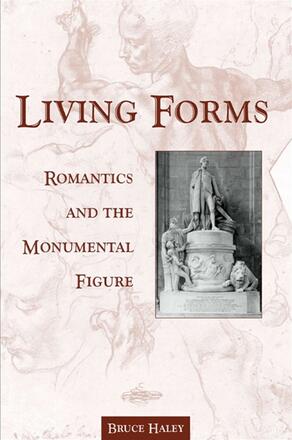
Living Forms
Romantics and the Monumental Figure
Alternative formats available from:
Examines Romantic poets’ and essayists’ fascination with the human form.
Description
Based on years of archival research in various British and American libraries, Living Forms examines the early nineteenth century's fascination with representations of the human form, particularly those from the past, which, having no adequate verbal explanatory text, are vulnerable to having their meanings erased by time. The author explores a variety of such representations and responses to them, including Coleridge's Shakespeare lectures, Hazlitt's essays on portraits, Keats's poems on mythic and sculpted figures, meditations by Byron's Childe Harold on the monuments of Italy, Felicia Hemans's verses on monuments to and by women, and Shelley's poems and letters on figures from Italy, Egypt, and other antique lands. Haley argues that in what has been called the "museum age," Romantics sought aesthetically to frame these figures as "living forms," mental images capable of realization in alternate modes or forms.
Bruce Haley is Professor of English at the University of Utah and author of The Healthy Body and Victorian Culture.
Reviews
"…a … richly suggestive … meditation on Romantic aesthetics. " — CHOICE
"This is a very fine study. Haley is a shrewd reader of Romantic texts, and he has identified a subject that illuminates the Romantic movement in England and the philosophical underpinnings of that movement in an impressive way. " — Kathleen Lundeen, author of Knight of the Living Dead: William Blake and the Problem of Ontology
"The book provides a refreshingly non-canonical perspective on some very canonical writers—it shows that we have more to understand about Romantic-period aesthetics. It has many applications in the teaching of Romanticism in the fields of literature and art history. " — Daniel Robinson, coeditor of A Century of Sonnets: The Romantic-Era Revival